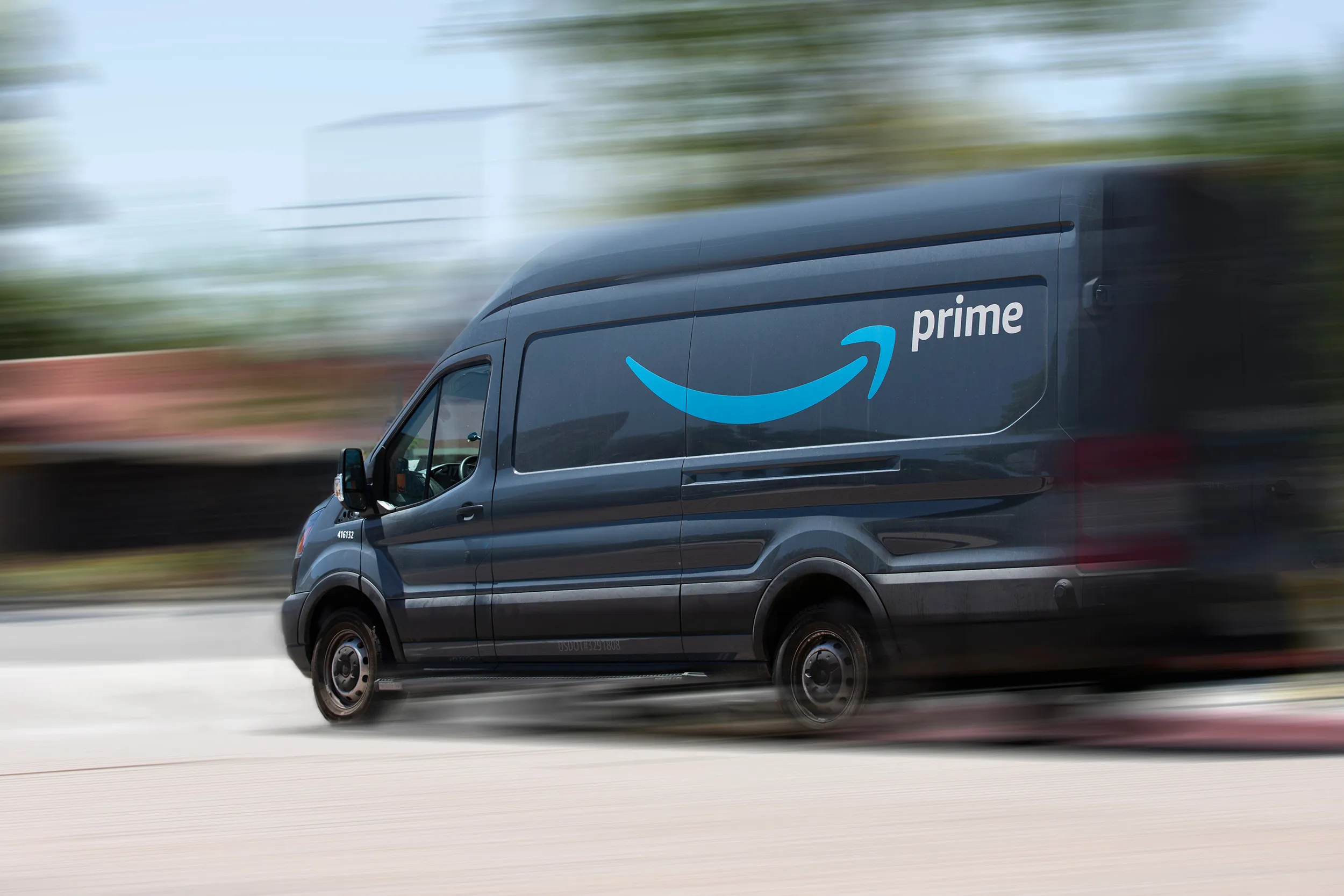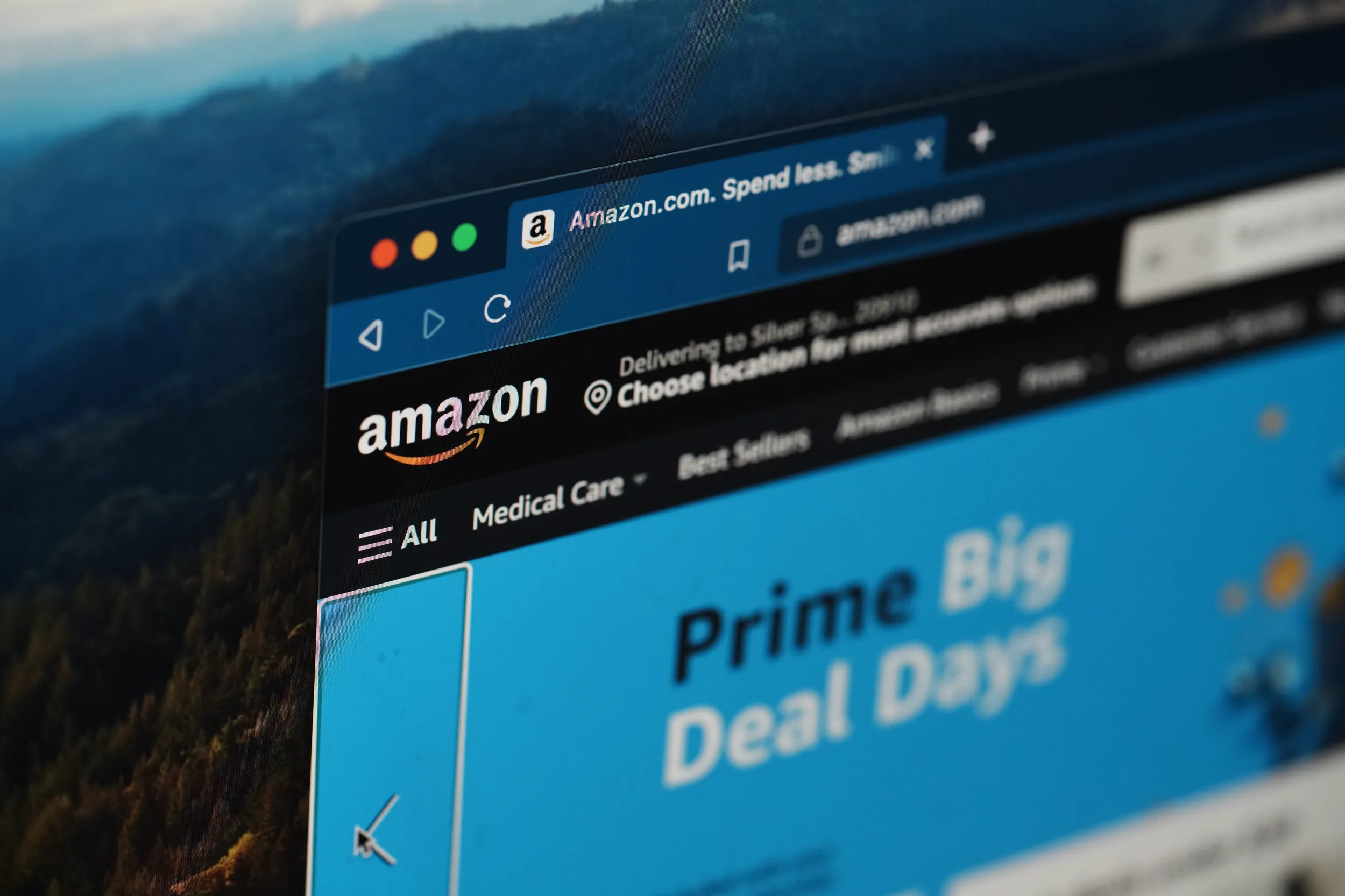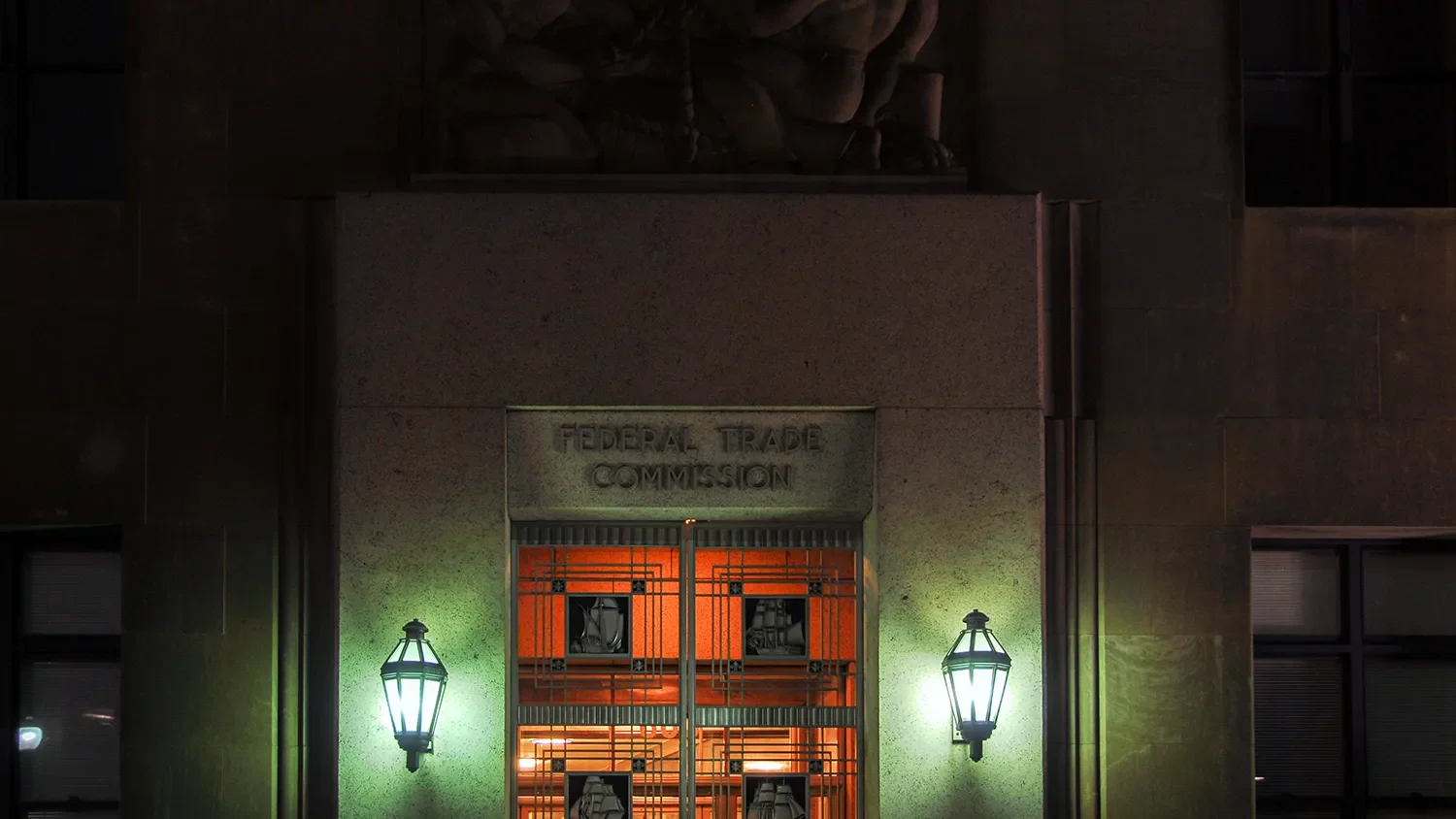FTC’s Prime Complaint Flubs Facts

When an antitrust suit is brought to court, the plaintiff must prove that there was specific, factually-established conduct by the defendant that caused an anticompetitive harm. In the recent suit against Amazon and its Prime service, the Federal Trade Commission (FTC) has misconstrued evidence of supposed wrongful conduct and therefore lacks legal ground to stand on and should fail. The particular claim made by the FTC that Amazon forces retailers to use its fulfillment services, known as Fulfillment By Amazon (FBA) is incorrect. Further, the claim also fails to prove anticompetitive harm as the diverse seller offerings provided by Amazon actually benefits consumers and sellers alike. This piece analyzes how the FTC is misrepresenting the services Amazon offers its sellers and how this complaint might harm not only American consumers, but countless small and medium-sized businesses (SMBs) as well.
While many consumers appreciate the value Amazon provides with a diverse range of products and speedy delivery, few realize how much value it creates for the SMBs that sell in its store. The company supports more than a million businesses that sell on the site, and most of these sellers are SMBs – many of which choose to sell on Amazon because of the tools and services it offers to retailers. These services, such as FBA and Seller Fulfilled Prime (SFP) allow these SMBs to participate in a marketplace with a much greater number of customers than they could otherwise reach, while offloading many of the complexities that come with running an online retail business. However, the FTC’s complaint against Amazon ignores these benefits, and misrepresents how Amazon’s SFP program works.
For example, the FTC claims that sellers reliably met their own delivery standards 95% of the time and questions Amazon’s decision to shut down the program given that metric. But this is misleading, because while sellers may have met their own delivery standards, 84% of participating sellers failed to meet promised two-day shipping expected by Prime consumers.
In online retail, the speed of delivery drives sales and attracts customers. Amazon recognizes this and has encouraged the efficiency of Prime delivery to more sellers through its SFP program. The program allows sellers to deliver the products directly to the customers from their own warehouses and handle their own logistics, rather than using Amazon’s logistic services and warehouses. In contrast, with FBA, sellers send their products directly to Amazon rather than individual consumers, and it’s Amazon who organizes the shipment and logistics, storing the products in their own warehouses.
The SFP program is intended to support and benefit Amazon sellers that cannot or do not wish to enroll in FBA but still want to make Prime eligible offers. While FBA is a more popular option for many sellers, the SFP program is an opportunity for businesses for whom FBA is not a viable or desirable option (in the case where a seller might want full control over the shipping of their products).
The FTC complaint doesn’t seem to recognize how beneficial the SFP program is for SMBs as it gives them much more freedom and independence to develop their business and logistics service if they desire. FTC Chair Khan has also mischaracterized the fees sellers pay to Amazon for which they receive shipping, logistics, and additional benefits that allow them to increase sales and grow their businesses.
The complaint states, among other claims, that Amazon forces sellers to “fulfill Prime orders themselves, without using independent fulfillment providers.” The Agency further claims that Amazon conditions “Prime eligibility on FBA usage” to ensure that Prime subscribers receive quality shipping. As previously mentioned, this not only is factually incorrect, but it misrepresents Amazon’s fulfillment services.
The FBA program allows sellers to outsource the two-day delivery promise to Amazon, ensuring their offers can be eligible for the Prime badge. On the other hand, the SFP program allows sellers to fulfill the orders themselves, through third party logistics services such as FedEx, USPS or UPS. In this case, Amazon is not in charge of the logistics behind the fulfillment of the order. When a seller chooses SFP, they are responsible for fulfilling the delivery promise.
Through the previous iteration of the SFP program, launched in 2015, Amazon allowed sellers to set their own time frames for deliveries. Unfortunately, only 16% of sellers were able to meet consumers’ preferences for the Prime label of a 2-day delivery. Given these expectations, Amazon had to rework the program to balance consumers’ expectations while still providing sellers the tools of the SFP program to help grow their businesses.
Amazon relaunched the SFP program in 2023 with new measures in place to boost customer satisfaction with seller-fulfilled offers. Unlike how it is characterized by the FTC, SFP benefits both sellers and customers and no seller needs to participate or pay for services they do not want if it does not make sense for their individual business. Under the new SFP, more sellers of all sizes can benefit from the program.
Regardless of how the FTC might characterize Amazon’s revised SFP program, the truth is it offers numerous benefits to sellers, as well as low prices for high quality products for consumers, and maintains the cornerstone 2-day delivery promise.
This FTC’s case against Amazon is based on inaccurate assessments. Their allegations appear to misconstrue how Amazon’s fulfillment programs, the FBA and SFP work, and seem to disregard the benefits they bring, not only to consumers, but to sellers as well. If the FTC succeeds in this complaint it could gravely injure the online marketplace.







